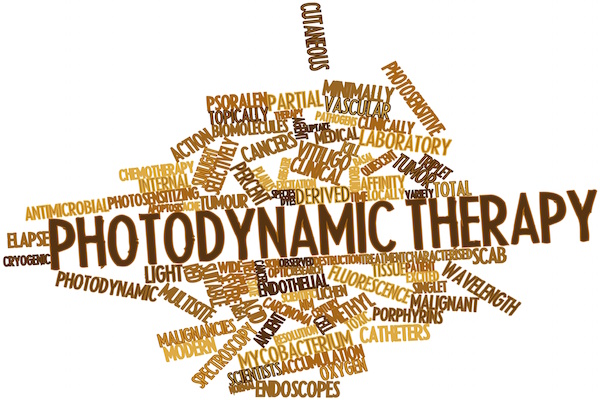Quenching of singlet oxygen by natural and synthetic antioxidants and assessment of electronic UV/Visible absorption spectra for alleviating or enhancing the efficacy of photodynamic therapy
DOI:
https://doi.org/10.15419/bmrat.v3i02.82Abstract
Photodynamic therapy (PDT) is one of the methods involved in cancer therapy exploiting singlet oxygen as a weapon to kill cancer cells. Singlet oxygen, a bizarre reactive oxygen species as it is not related to electron transfer to O2 but it is one of the most active intermediate involved in biochemical reactions as it directly reacts with all the major macromolecules like DNA, protein, lipids etc, various photosensitized oxidations and in the photodegradation of dyes and polymers. Recent studies about the usage of antioxidant along with the photo-sensitizer involved in photodynamic therapy have shown concentration- dependent dual behavior like usually it retards the efficacy of PDT but at a higher dose mostly, it actually enhances the damaging effect of PDT. The natural and synthetic antioxidants are being used in our day to day life in order to increase the shelf life of various food ingredients and processed foods. In this paper, we have compared natural and synthetic antioxidants along with the known singlet oxygen quencher (DABCO) in order to understand the quenching potential of singlet oxygen (1O2) which is lowest electronically excited state of molecular oxygen. The singlet oxygen can be artificially generated through various methods such as sunlight, phosphate, ozonides, NaOCl & H2O2 etc. We have studied the mechanisms of the few antioxidant effects on the bleaching of RNO linked with the energy decay of 1O2 produced by the Mallet reaction (H2O2+HOCl → HCl+H2O+1O2). β-Carotene, α-Tocopherol, Ascorbic acid and Quercetin exhibited best dose-dependent singlet quenching ranging from 92.3 to 56.5 % at 100μM among others. Overall singlet oxygen is a major concern of light-related properties so we have analyzed the theoretical aspect of electronic UV/visible absorption spectra of the antioxidants studied through ZINDO CI semi-empirical Hamiltonian method. We have compared only the first singlet state of molecules in order to understand whether the structure of the molecules has any influence on the quenching potential. Considering the main features associated with singlet states, we have seen a drastic correlation between known sensitizer of singlet oxygen, i.e. Rose Bengal and DABCO, known scavenger of singlet oxygen in terms of energy and wavelength. This study is important as it highlights the behavior of antioxidant which can improve the effects of photosensitizer used in photodynamic therapy.

Downloads
Published
Issue
Section
License
Copyright The Author(s) 2017. This article is published with open access by BioMedPress. This article is distributed under the terms of the Creative Commons Attribution License (CC-BY 4.0) which permits any use, distribution, and reproduction in any medium, provided the original author(s) and the source are credited.
